
KUALA LUMPUR, Oct 1 — It’s the weekend again. Time for sleeping in and lazy mornings. But get up you must for your belly follows its own clock; it’s telling you it’s time to feed it.
What’s for breakfast though? A big fry-up with greasy fried eggs, crusty toast, heavy baked beans and a watery half tomato? A granola bowl, perhaps, with cut fruits arranged prettily, Greek yoghurt or oat milk?
Neither seems to answer a deep longing within for something that will satisfy and comfort. A breakfast that recalls breakfasts of one’s childhood, all those many, many years ago.
This is when I think of the pork and century egg congee that my mother would make for our family. Velvety smooth and tasting of unconditional love, this congee appears simple enough but every mouthful reveals layers of flavour and care.
I taste the dried scallops in the stock that forms the base notes of the congee. Savoury without being too salty; subtly briny without tasting entirely of the sea.
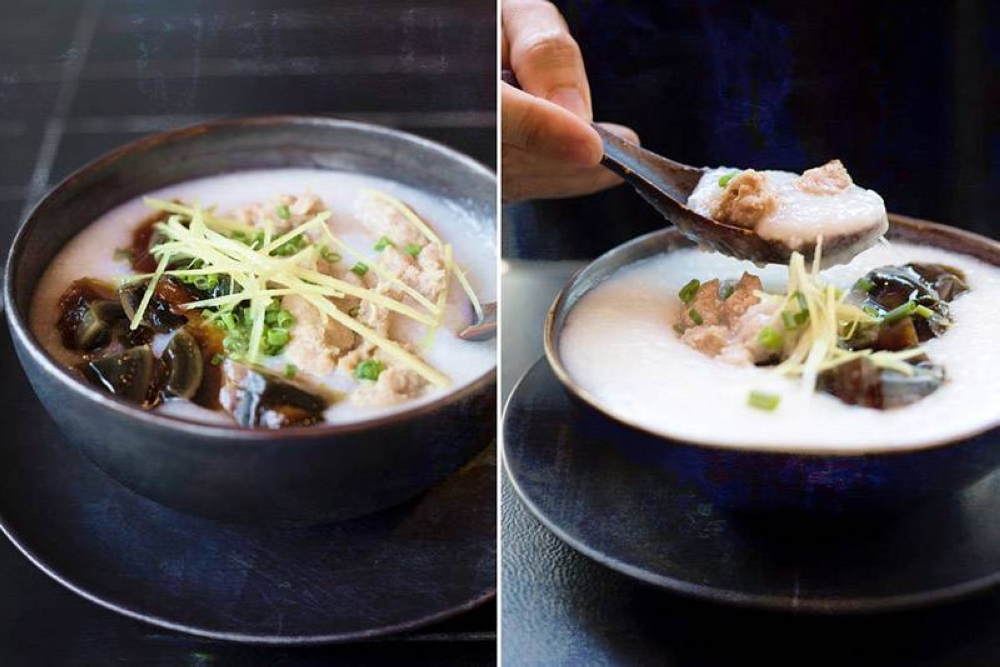
Then by the second or third spoonful, I will scoop up a slice of lean pork. Tender without being overcooked, every piece feels as though one had merely swished them two to three times in a shabu-shabu pot, the hot soup turning the meat to the most inviting shade of pink.
A sliver of century egg next, half ash-grey yolk and half jet-black of the jellied albumen. How does one describe the creamy texture and delicate pungency of century eggs?
All I can say is that this is sublime. Those who have not acquired a taste for them, well, I feel pity for their taste buds but no sorrow — it just means more century eggs for me!
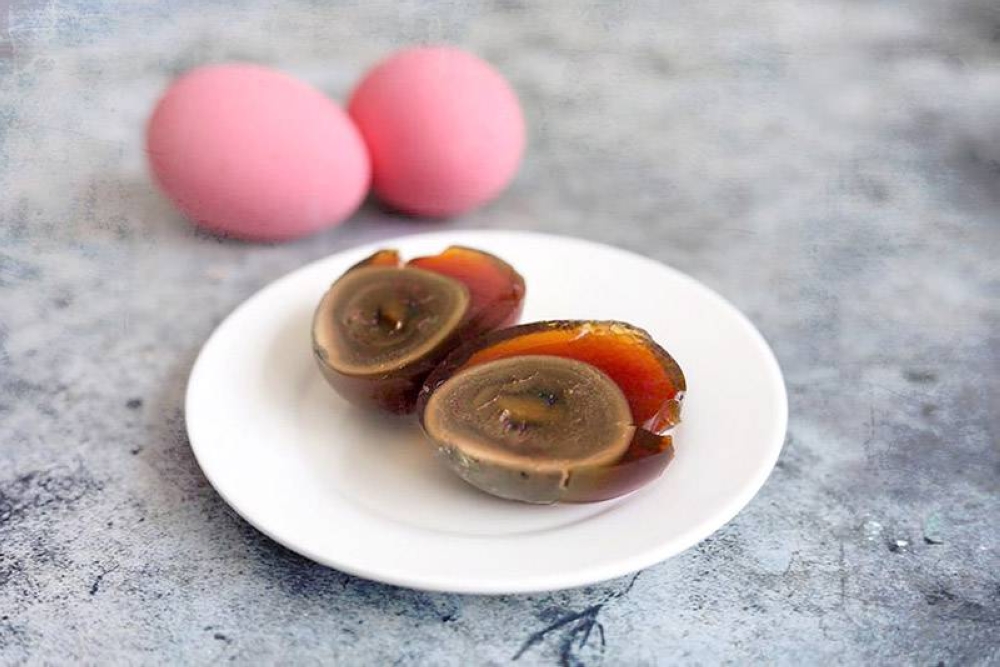
I have since had this pork and century egg congee in many places, from local kopitiams to dim sum restaurants in Hong Kong. Delivered to our home during the pandemic lockdown or even at brunch cafés with a side of pour-over coffee!
Yet nothing quite beats the version one makes at home. It’s the love that makes it taste better.
A good congee will soothe you. A great congee — when there is no more separation between rice and water and it is all one harmonious whole — will satisfy you in every way and convince you that you need more weekends like this.
PORK AND CENTURY EGG CONGEE
The foundation of any good congee is rice. But this doesn’t mean we have to cook the congee from scratch with uncooked rice grains (though purists will argue that this is the best and only way).
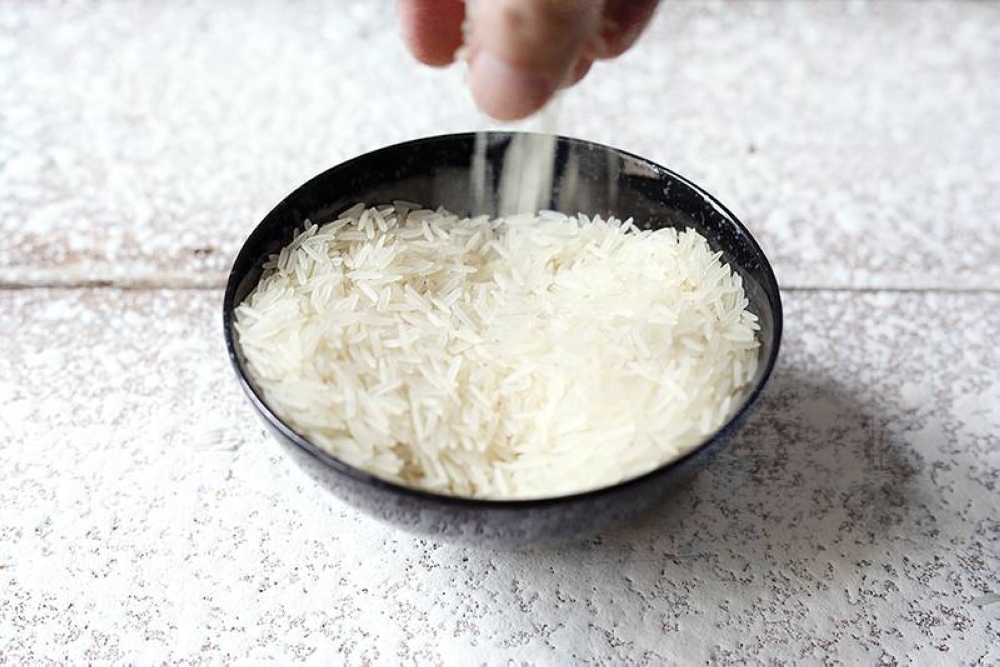
For those of us who are starved of time or simply would like to spend more of the precious weekend relaxing rather than slaving over a hot stove, why not start the cooking process with some leftover cooked white rice?
I picked up this trick when I stayed in Bangkok; there’s always a convenience store around every corner and there are chilled shelves packed with tubs of ready cooked rice. Brown rice, purplish-black riceberry, rice mixed with quinoa, and yes — even plain white rice.
You can make a porridge with any of the above though the more robust varieties would result in a nuttier flavour and toothsome mouthfeel. For a Cantonese style congee, however, it has to be plain white rice.
I usually buy a couple tubs; one to eat that day with some hot dishes, another to freeze for an emergency (when it is raining and food delivery riders are nowhere to be found, it can be a real salve).
In fact, when the rice grains are frozen, I find that they dissolve faster in the dried scallops stock. The latter, also known as gōnbui in Cantonese, are a quick way to make a flavourful stock full of umami without dealing with chicken bones or pork ribs (not to mention the constant skimming of the scum that would rise to the surface).
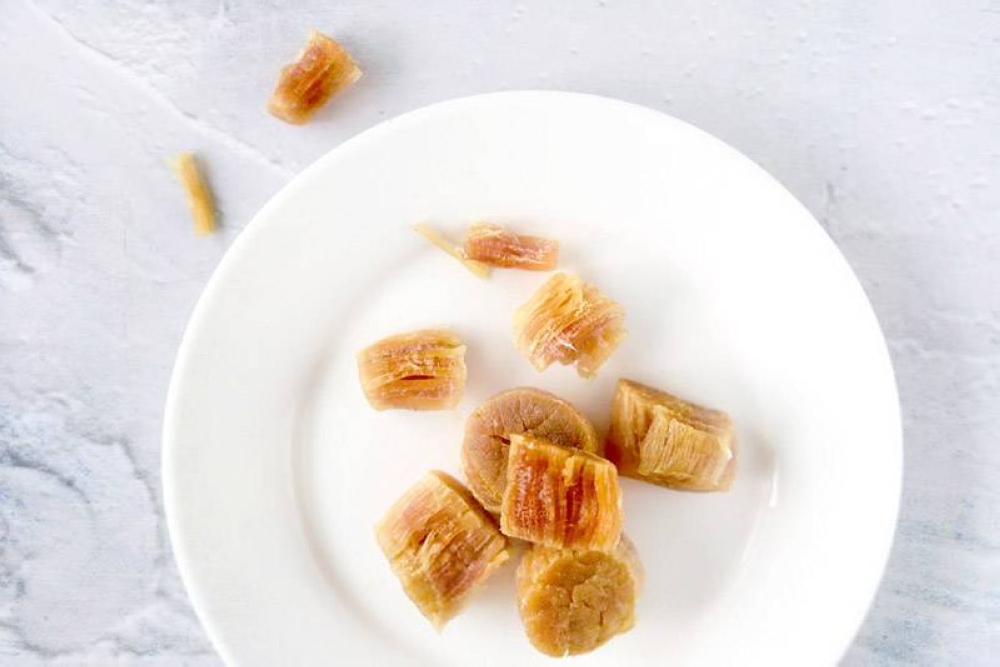
Remember, we are not being lazy; we are merely efficient with our time.
When you make congee, aromatics such as spring onion and ginger are must-haves. These will help balance the more briny or meaty flavours of the congee so every spoonful tastes cleaner and brighter.
Ingredients
1 piece dried scallop, rehydrated
2½ litres water
250g cooked white rice, frozen
1 small piece ginger, sliced
100g lean pork, sliced
6 pork meatballs
Salt and white pepper to taste
1 century egg, coarsely chopped
1 stalk spring onion, finely chopped
Sesame oil
Method
To speed up the cooking process, rehydrate the dried scallop ahead of time. Add them to a small bowl of lukewarm water and allow it to steep for 1-2 hours.
Fill a large pot with water. Shred the rehydrated dried scallops into the pot by hand. You may also add the water the dried scallops have been steeping in into the pot, if desired.
Add the frozen cooked white rice and ginger to the pot. Bring it to a boil.
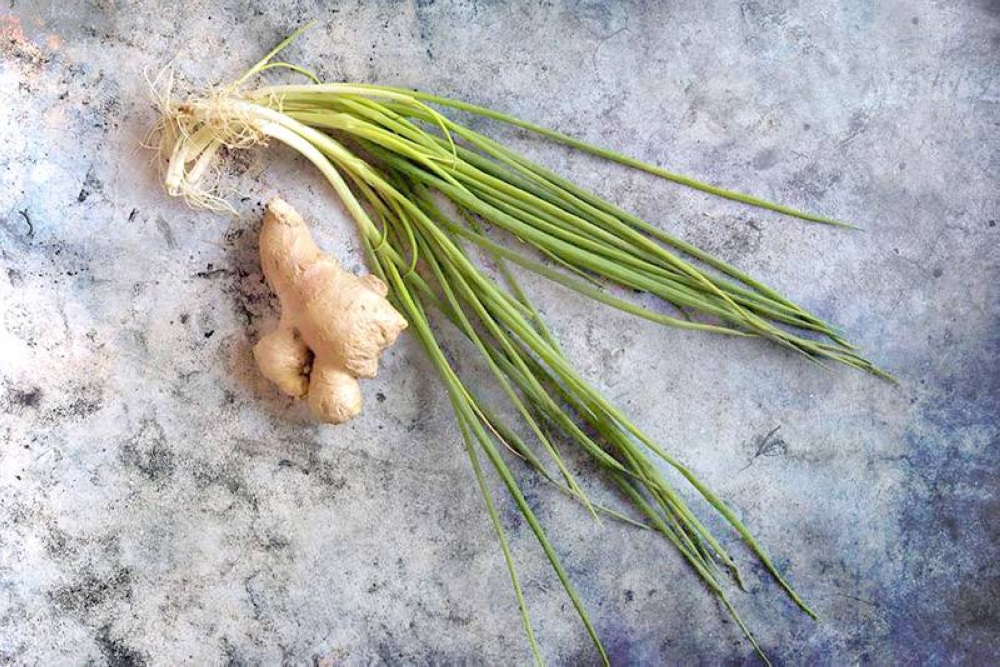
Once it has reached a boil, reduce the heat to a simmer once more and continue cooking for another 20 minutes till the congee reaches your desired consistency.
A few minutes before turning off the heat, add the sliced pork and meatballs to the pot. These don’t need long to cook; you want the sliced pork to be tender and the meatballs to be tender, not tough.
Taste the congee at this point and adjust the seasoning with salt and white pepper as necessary. Turn off the heat and stir in the chopped century egg.
Ladle into bowls and garnish with chopped spring onion. Drizzle some sesame oil on top and serve immediately.
For more Weekend Kitchen and other slice-of-life stories, visit lifeforbeginners.com.






















